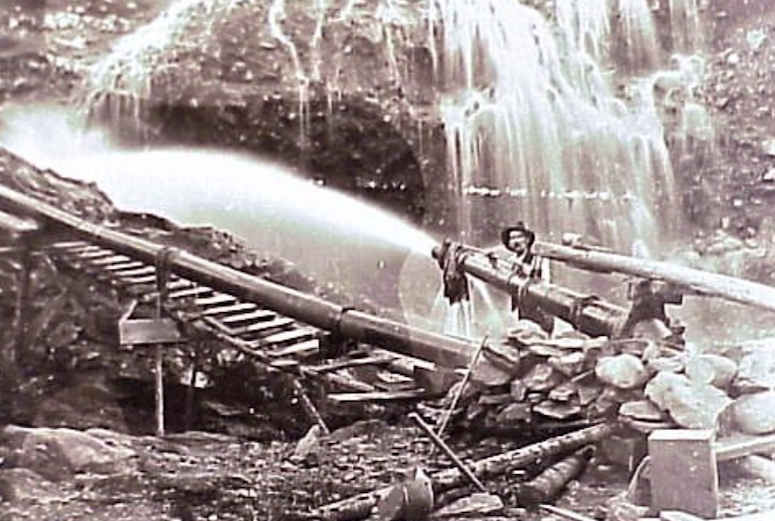
The California gold rush triggered one of the largest human migrations in the western hemisphere. People from the nook and corner of the country and the world moved towards the western states in the US in search of gold.
The search for gold that began in the mid-19th century continued until the 1950s. Many fortune-seekers arrived in California with simple equipment. They focused on gold deposits in rocks, just below the surface, and placer gold in river beds, banks, and in the surrounding areas. Rivers that brought gold deposits from the mountains became one of the prime targets of gold prospectors.
One premier destinations for prospectors is the Klamath River in California. People have found considerable gold deposits in the river and its tributaries. It’s believed the Klamath River still holds a large reserve of gold.
Popular Gold Bearing Drainages in the Klamath River Country
Scott River
One of the most richest sites to find gold, the Scott River once attracted thousands of miners from all over the country. It’s a major tributary of the Klamath River, extending to a length of 60 miles before joining the main river.
Prospectors find the gravel on the river bed to be a rich source of gold. Although miners found gold in several parts of the Scott River, Callahan and Scott Bar were the favored destination and the richest section of the river.
Several rich lode mines were in this drainage. The Black Bear Mine produced 150,500 ounces. The The McKeen Mine produced around 12,100 ounces. The placers were responsible for considerably more gold, but production records for the area are very poor.
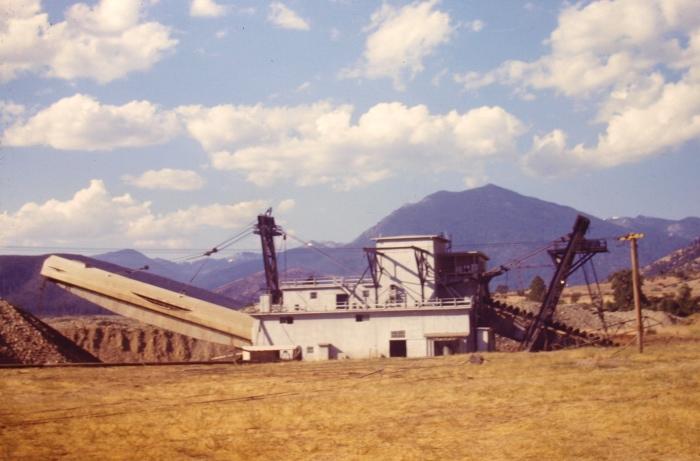
The Callahan dredge operated through the Scott Valley north of Callahan. Dredge tailing extend for several miles.
Happy Camp
One of the most profitable mining sections of the Klamath River, Happy Camp became famous as early as 1851. This town is located at the confluence of Indian Creek with the Klamath River. Several claims were filed on the river and nearby sites by gold prospectors. In no time the Happy Camp area became populous with miners, thanks to the thousands of ounces of gold mined from the riverbed and surrounding areas.
The area continued to prosper as more gold discoveries were made in subsequent years. The area developed at a rapid pace with ferries, stores, and several new businesses. Even today, Happy Camp is open to prospectors arriving here in search of gold.
Using pans and sluice boxes many prospectors still find small gold nuggets and flakes. There are several mining clubs with claims in this area; a good option for the casual prospector who wants access to some established gold-bearing ground.
Clear Creek
Clear Creek was the first section of the Klamath River to yield gold for the prospectors. In 1849, French prospectors discovered gold in the area and later went on to find the town of French Gulch. They managed to extract thousands of ounces of gold using simple equipment and traditional panning methods.
The discovery of gold in Clear Creek attracted more gold seekers, which later lead to the forming of the Washington Mine in the nearby hills. It’s said that 185,000 ounces of the yellow metal were extracted from gold-bearing veins in the hills. In later years, the main activity moved upriver a few miles to Happy Camp.
Cottage Grove, Dillon Creek, Rattlesnake Bar, Attebery Bar and the Bunker Hill Mine were all mined hard in those early days.
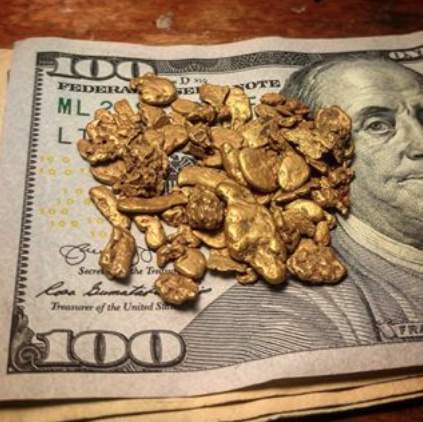
Trinity River
At the start of the California gold rush, the Trinity River received thousands of gold seekers within months after the news of the gold discovery spread like wildfire.
Initially, simple methods such as sluice boxes and pans were used to extract the valuable metal from the riverbed. When placer gold decreased, people dug bench channels and washed terraces with the hydraulic method of extracting gold. Later, in sections of the river that passes through Junction and Weaverville, the dredging method was also used to mine the lode gold available in the area.
Mining activity in the Trinity River and surrounding areas continued until the late 1950s. Weaverville had the largest hydraulic mine and Junction City had the largest dragline dredges.
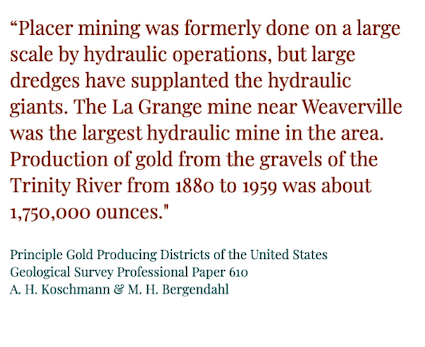
Salmon River
These waters drain the Salmon Mountains within the Klamath Range. The river drains across several exceptionally rich mining districts with historic production that rivals any in this region. The areas around Snowden, Sawyer’s Bar, Cecilville, and the Forks of the Salmon all had gravels that were worked extensively.
The two richest lodes were found in the Liberty district and Gilta district. These hard rock mines produced exceptionally rich gold.
As with so many other rivers in the Klamath country, there were bench deposits that were worked extensively above the Salmon River, with many millions of dollars in gold produced as a result.
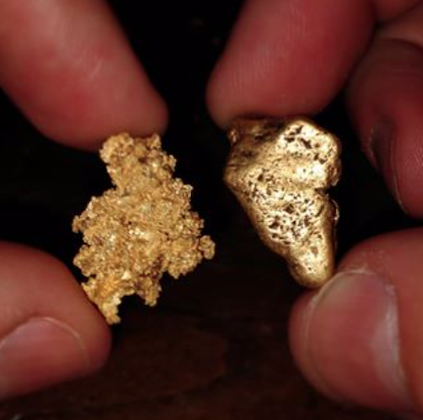
The Hidden Wealth of the Klamath River
More than 170 years have passed since gold was discovered in the Klamath River. It’s still a hugely popular prospecting and panning destination. The Klamath is one of the most wild and beautiful places to visit in the entire state of California.
Mining here is more difficult than it use to be. With the suction dredging ban, we have to mine differently that we use to. The use of highbankers, sluice boxes, and pans are still allowed and can still be effective in many situations.
The main stem of the Klamath River and its tributaries are still one of the richest places in the United States. There’s still good gold here, and people still have a lot of success.
There is plenty of unclaimed public land here to explore, but many prospectors in this area are members of the GPAA and the New 49ers. Both clubs have extensive claims that can provide good access in this region.
Plumas County Gold – Prospecting Areas in N. California
Plenty of Gold Panning Areas in California
